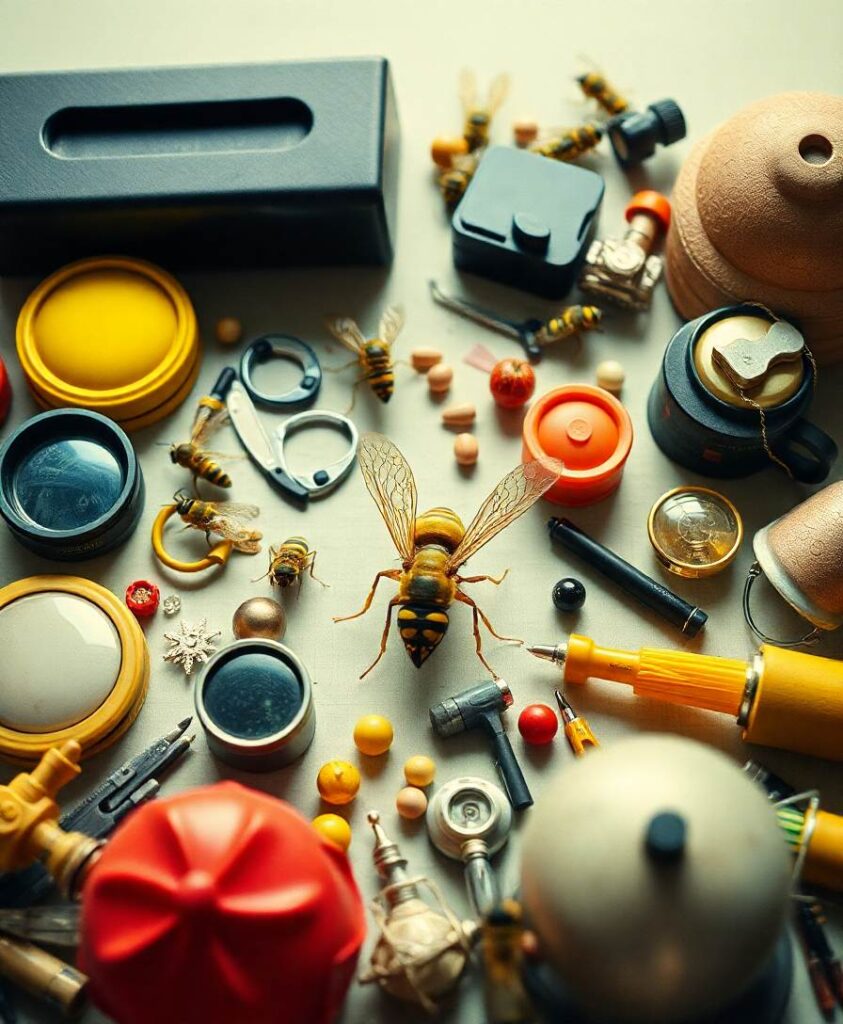The face inversion effect (FIE) is a behavioral marker of face-specific processing that the recognition of inverted faces is disproportionately disrupted than that of inverted non-face objects. One hypothesis is that while upright faces are represented by face-specific mechanism, inverted faces are processed as objects. However, evidence from neuroimaging studies is inconclusive, possibly because the face system, such as the fusiform face area, is interacted with the object system, and therefore the observation from the face system may indirectly reflect influences from the object system. Here we examined the FIE in an artificial face system, visual geometry group network-face (VGG-Face), a deep convolutional neural network (DCNN) specialized for identifying faces. In line with neuroimaging studies on humans, a stronger FIE was found in VGG-Face than that in DCNN pretrained for processing objects. Critically, further classification error analysis revealed that in VGG-Face, inverted faces were miscategorized as objects behaviorally, and the analysis on internal representations revealed that VGG-Face represented inverted faces in a similar fashion as objects. In short, our study supported the hypothesis that inverted faces are represented as objects in a pure face system.


